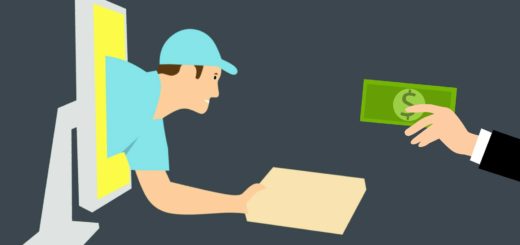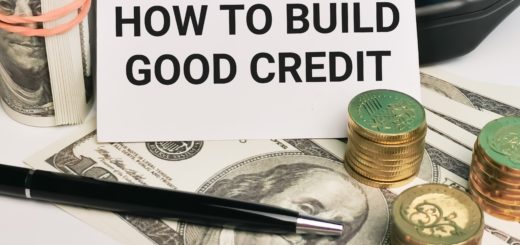Credit card trends to watch in 2023

If you want a good prediction of tomorrow’s economy, watch what moves credit card issuers make today.
“It’s almost like watching a crystal ball to some extent,” John Ulzhemier, a credit expert formerly of FICO and Equifax, says of card issuers. “They are usually ahead of the curve with respect to reacting to downturns in the economy.”
This time, issuers will likely turn off the spigot of generous incentives and easy credit in 2023 in response to a weaker economy, according to analysts. We spoke to credit experts about emerging credit card trends, how they may impact consumers and how you can prepare.
People might find themselves in more credit card debt
As more Americans than ever applied for credit cards in 2022, credit card balances have also ballooned in record numbers.
“We expect to see those card balances exceed $900 billion by the end of the year this year,” says Paul Siegfried, senior vice president and credit card business leader at TransUnion. “Now, that’s a level that we have never really seen.”
Analysts expect balance growth to slow down, but still continue, in 2023. One of the reasons driving this trend, according to Siegfried, is that more consumers carry credit cards. That spreads more risk among more borrowers, which naturally leads to greater debt and delinquency overall.
Another factor that could cause higher balances in 2023 is how consumers use their cards in times of economic uncertainty. In a prolonged high-inflation environment with slowing wage growth and potential increases in unemployment, people tend to use credit cards to help manage expenses they otherwise would pay with cash. This leads to bigger balances for individuals, which sometimes turns into difficult-to-manage debt.
Credit card debt might get even more expensive
If you avoid interest payments by consistently paying your credit card bill in full every month, cards in 2023 will continue to give you the rewards, purchase protection, and other perks without burying you under a pile of debt.
“But if you’re among [those] who are paying interest rates around 20% or more, that’s a slippery slope,” says Ted Rossman, credit card senior industry analyst at Bankrate. “Credit card debt is easy to get into and hard to get out of.”
In 2023, you might not only find yourself in more debt, but the debt itself might also get more expensive to service, depending on how well the economy handles inflation. If the Federal Reserve continues to hike its benchmark interest rate to battle rising prices, credit card interest rates will increase as well.
That said, even if we see no further interest hikes in the new year, it’s hardly any consolation.
“Interest rates are already terrible,” Ulzheimer says. “It’s not like they’re gonna go from good to bad. They’re gonna go from bad to still bad.”
If you carry credit card debt, you should prioritize getting rid of it. Rossman and Ulzheimer both recommend using a balance transfer credit card which allows you to move high-cost debt and pay it off with no interest during a promotional period.
“Don’t add any more purchases,” Rossman says. “Divide what you owe by the number of months in your 0% term and try to stick with that level of payment plan.”

-1.gif)


